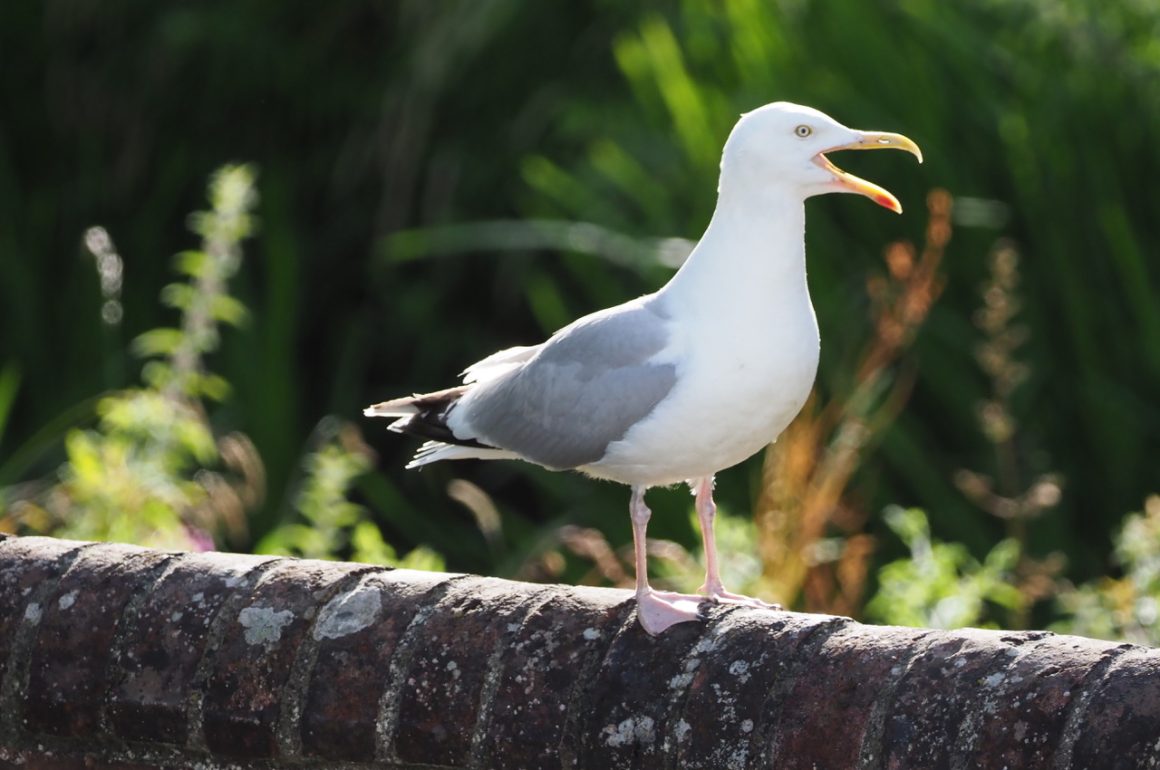
I was amused to read Sara Jentsch’s recent diatribe on gulls: Why I despise Seagulls: A Tale of Humiliation. It was encouraging to discover that it’s not just in Britain that these feathered urban terrorists swoop down on unsuspecting tourists to relieve them of their crêpes, ice cream or chips. Every summer the British press delights in stories about giant seagulls (they’re never ordinary-size, regular gulls) attacking and robbing unsuspecting people, usually visitors to seaside towns. This is despite the fact that most places which suffer from marauding gulls have plenty of signs warning tourists about the birds. It seems that the visitors who are robbed of their chips either can’t read, or don’t think it can happen to them. It can, and it does. Frequently.
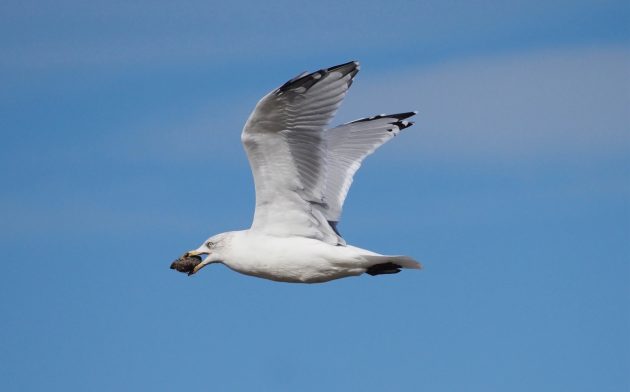
Herring Gulls have big appetites
However, there are ways of keeping the gulls at bay, according to Professor Paul Graham, an expert in animal behaviour at the University of Sussex. According to the professor, there are a number of simple measures that you can take to ensure that you are not a victim of the gulls. “If the bird is in the air, making calls, and you are worried it might try to attack you, then just simply staring at the bird and pointing at it will stop it from coming towards you.” He also recommends keeping your back to a wall, as this stops the gull from dive-bombing you from behind (the unseen attack). Professor Graham explains that gulls are kleptoparasites, which means that they have evolved to to steal food from others rather than go out and forage for it themselves.
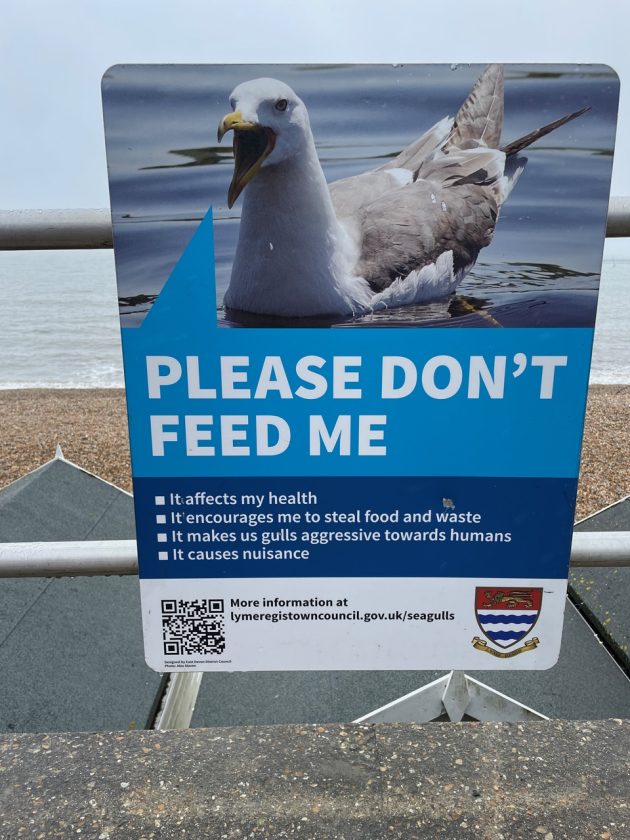
Britain’s urban gulls are generally unpopular, and it’s often hard to find a word in their defence. Two species are involved: the Herring Gull and the closely related but slightly more elegant Lesser Black-backed Gull. Both are protected by law, while the two are also red-listed species that are declining in the UK.
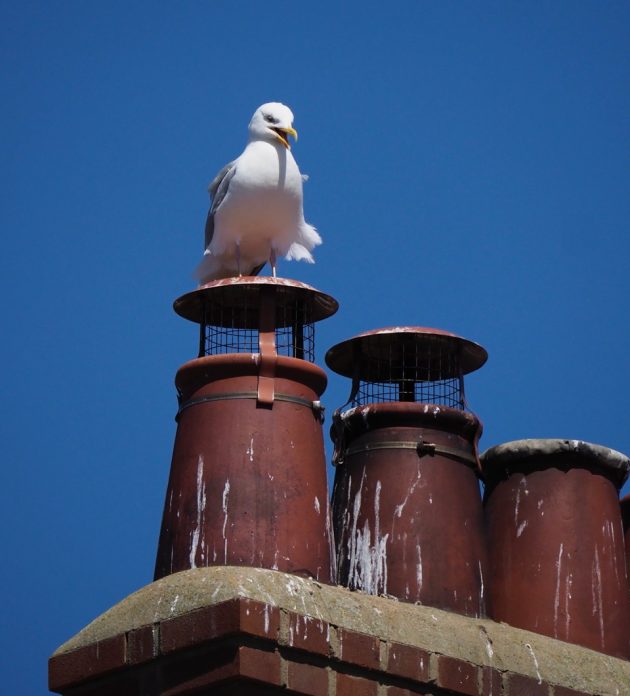
Herring Gulls are happy to nest in towns and urban situations
Research by the British Trust for Ornithology, using GPS tracking to investigate the feeding preferences of breeding Herring Gulls at a declining colony, found that these birds are more likely to be foraging on Mussels than pilfering your lunch. According to the BTO, “Despite their fearsome reputation, breeding Herring Gull numbers are declining at many formerly important sites and this species has been on the Birds of Conservation Concern Red List since 2009. Declines at this well-studied colony mean breeding numbers are currently approximately a tenth of those counted in the late 1980s, when the colony peaked at approximately 11,000 apparently occupied nests.”
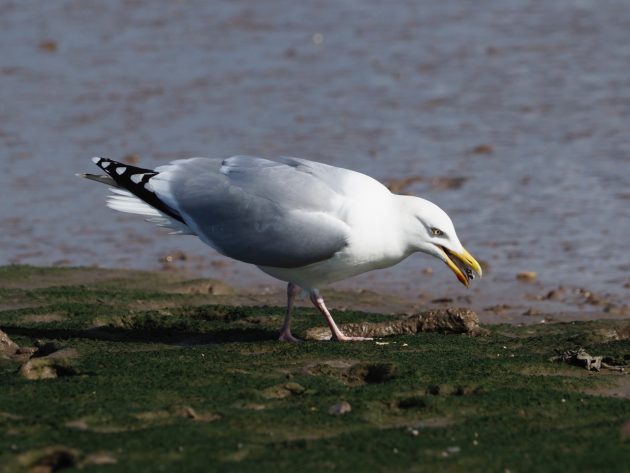
According to research by the BTO, Herring Gulls prefer to forage on the seashore
The BTO’s GPS tags revealed that the gulls preferred to feed on intertidal and near-shore habitats, and in particular Mussel beds. “Previous studies of Herring Gulls breeding at South Walney had shown the importance of landfill as a food source, but local tips have since closed, likely contributing to the reduction in the colony’s size. Interestingly, none of the tracked birds specialised in foraging in urban habitats, so are not likely to come into conflict with humans in this environment, where they can be perceived as a pest. However, the birds’ specialisation on Mussel beds shows the importance of managing shellfisheries in a way that meets the needs of both humans and Herring Gulls in order to mitigate further declines at this colony.”
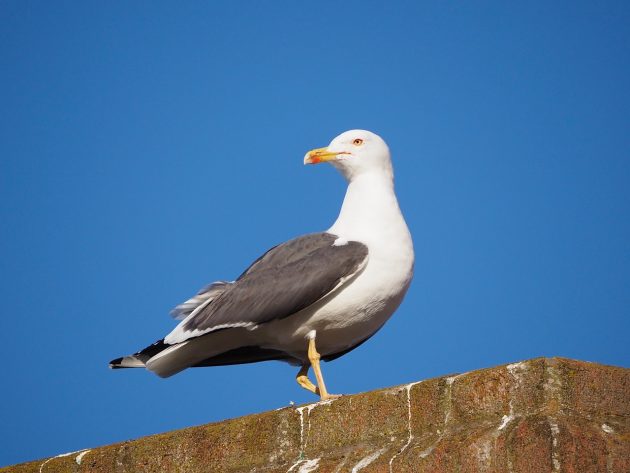
Lesser Black-backed Gulls frequently nest in urban colonies with Herring Gulls
Though conservationists may worry about the decline in numbers of both Herring and Lesser Black-backed Gulls, both species are far more numerous than they were a century ago. In my home county of Suffolk, Herring Gulls were once largely confined to the coast, according to Claude Ticehurst’s History of the Birds of Suffolk (1932). He also stated that Lesser Black-backed Gulls were passage migrants in the county, seen only in spring and summer, but very rarely seen inland. They didn’t breed.
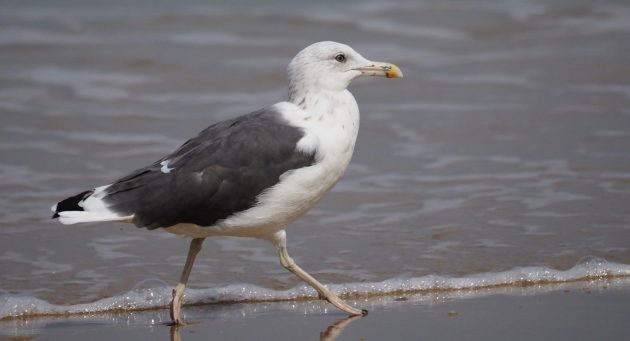
Britain’s Lesser Black-backed Gulls traditionally winter on the Atlantic coasts of Spain, Portugal and North Africa. Today increasing numbers remain in Britain all-year round. This bird was photographed in October 2022 near Rota on Spain’s Atlantic coast
Today several thousands pairs of Lesser Black-backed Gulls nest in the county, while increasing numbers overwinter, with flocks of up to 5,000 reported inland. (I regularly see flocks of 1000-plus around my home, which is 50 miles from the sea). Herring Gulls are described by Suffolk Birds 2022 (the most recent county bird report) as “very common resident, winter visitor and passage migrant”. Trying to persuade people that these birds are declining and need our help generally falls on deaf ears: people don’t like big gulls.
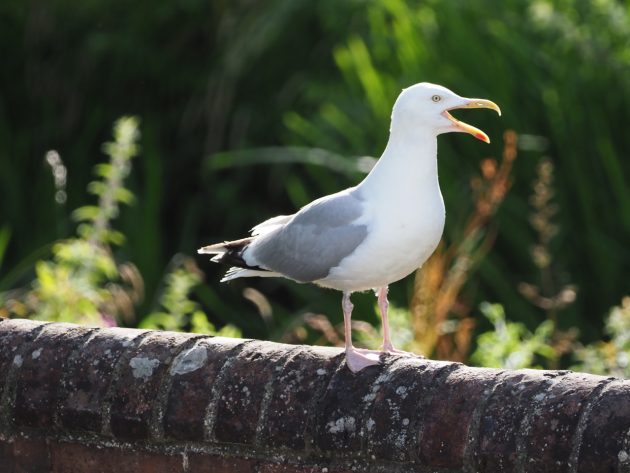
Herring Gulls make extremely noisy neighbours
Last month I stayed for a week in the Dorset town of Bridport. It’s just a couple of miles from the coast, and supports a thriving colony of roof-top nesting Herring Gulls, a number of which were breeding on buildings close to where I was staying. As I discovered, they don’t make great neighbours. They are extremely vocal, their piercing calls continuing both day and night. They are also extremely messy birds: you don’t want one defecating on your car, or anywhere else for that matter. There are some delightful species of gull: I really like Little Gulls and Sabine’s Gulls, and am fond of the Common (Mew) Gull, too. There are some gulls that I’d really like to see, with Ross’s and Ivory Gulls at the top of the list. But I’m afraid that I’m not a fan of the two classic seagulls, the Herring and the Lesser Black-backed.
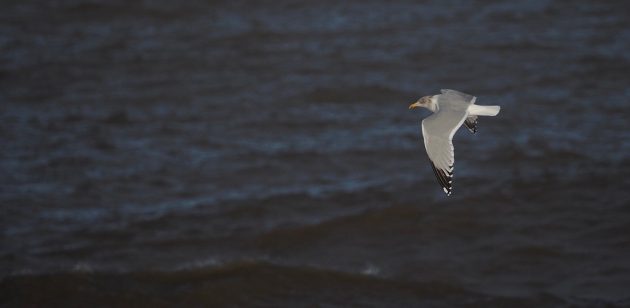













Nice to see our writers to read each others posts and react to them! And nice to read two of David’s posts on two subsequent days.
Fact-laden post – what a joy. I do feel the need to stand up and defend the gulls. They are beautiful animals and superb flying machines. And they have never taken my lunch 😉
Great article! It’s interesting to learn that these feathered thieves, who once snatched my crêpe and gave me quite a scare, are actually just selective feeders with a taste for mussels. But even with this new insight, I still can’t stand them, and I’ll definitely be keeping my food close the next time they’re around! 🙂
This raises an interesting conservation question – if a species is declining from a population artificially boosted by human activities like rubbish tips and fishing vessels disposing of bycatch, is it really endangered? Quite a lot of urban wildlife such as foxes are dependent on human rubbish or deliberately supplied food, and these high numbers of scavengers or mesopredators may be having a damaging effect on more vulnerable species.